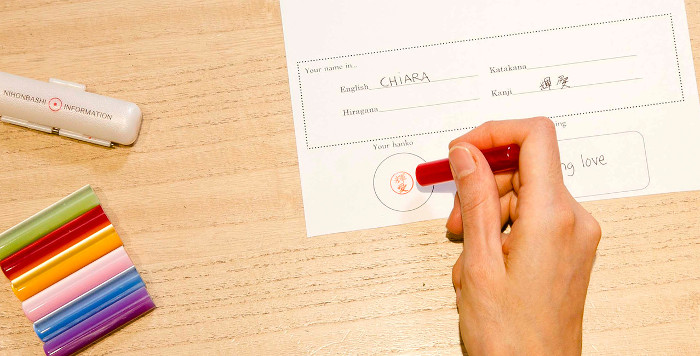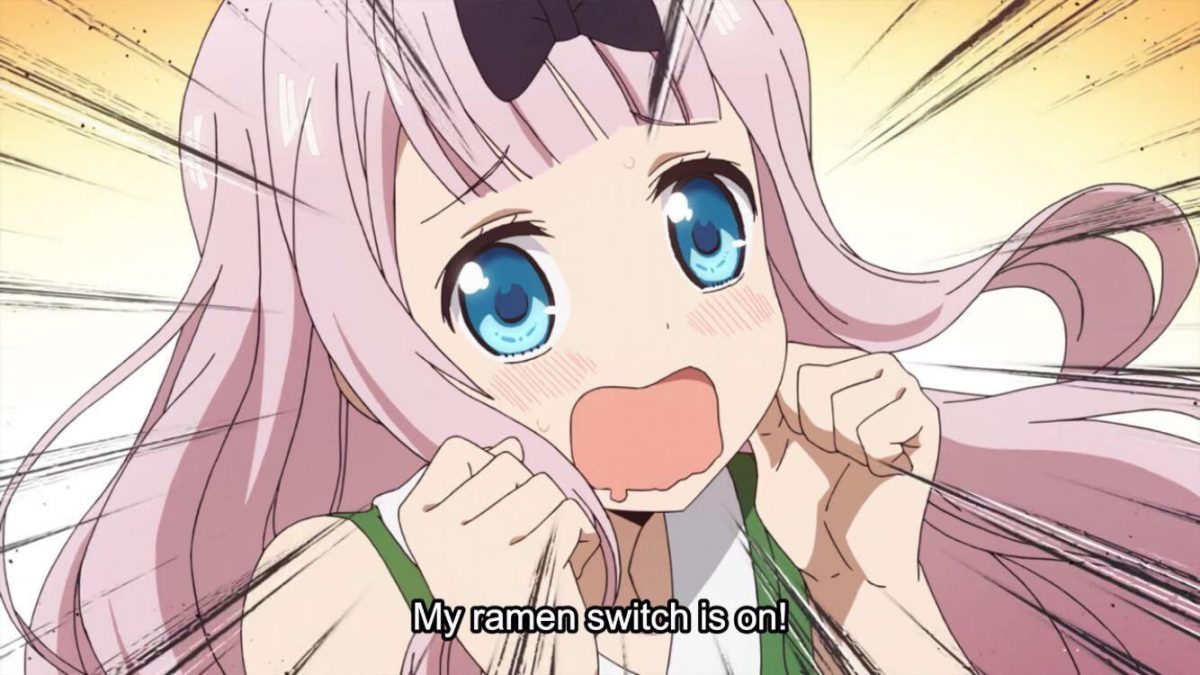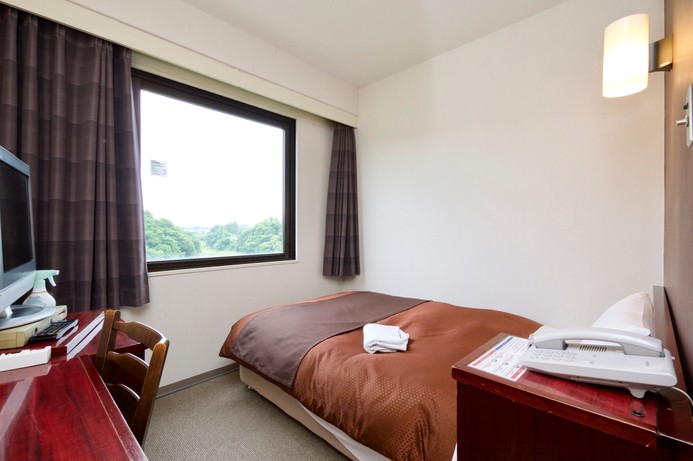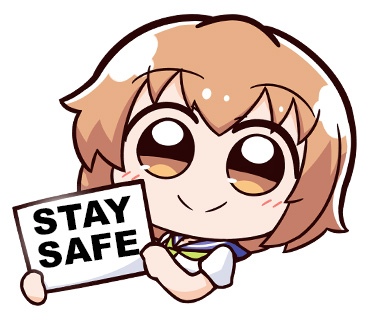
Hello again from Japan! We hope you’re keeping safe, wherever you are in the world. If you’re in the U.S. or Canada, why not take advantage of our DHL Shipping Sale to get 20% off shipping?
Six Challenges Japan Faces During Quarantine
Like other countries, Japan has been trying to slow the spread of COVID-19 by encouraging people to stay home and avoid the kinds of situations that would cause the virus to spread more easily. The original voluntary requests that people stay home as much as possible have helped, but now the government has made it more urgent by declaring a nationwide state of emergency until May 6. This effectively cancels Japan’s Golden Week series of holidays, which officials were terrified would lead to a rise in infections because most Japanese families travel or do other fun activities during this time.
What are some unique challenges Japan faces during this strange crisis? Keep reading!

Japan’s Face-to-Face Business Style is a Problem
One of the keys to understanding Japan is that they’re nearly always 10-15 years behind the U.S. and Europe when it comes to important social and technology issues. For example, J-List still receives faxes every morning from our figure distributors, when they could send email instead. The fact that much business in Japan is conducted face-to-face is causing extra stress in companies that have been slower to embrace the Internet.
Back in 2010, we needed to buy a condo to use as a base of operations for J-List’s presence at the San Diego Comic-Con every year. We found the perfect unit and put in our offer, and I was able to sign the loan documents using DocuSign on my phone while on the floor of the convention, busily selling figures and hentai boxes to our customers. But in Japan, documents are “signed” in person using a hanko name stamp that’s been officially registered to a person or corporation, and Japan never developed a “digital name stamp” to allow for documents to be signed over the Internet. This is another of the challenges Japan faces as they try to keep more distance between people.
Visiting my local Japanese #costco in the age of #COVID19. Everyone is keeping space between each other, and the tables for the food court have been removed. There are tape lines on the floor to indicate how much space to keep open between others. #costcojapan pic.twitter.com/MAlrLooCBM
— J-LIST (@jlist) April 9, 2020
The Crisis is Forcing Businesses to Innovative
My wife and I paid a visit to our local Japanese Costco and saw they’d taken several steps to keep customers safe, including removing the eat-in table area and putting down lines of tape on the floor to indicate how much space people should keep open while waiting to check out. Also, instead of taking my Costco card from me, the checker asked me to hold it up for her to scan without touching it. It almost goes without saying that every employee was wearing a protective mask, which has clearly proven to provide protection.
Innovation is coming in other areas, too, such as suddenly realizing that it’s possible to be “seen” by a doctor digitally through a video chat conference rather than visiting a hospital, though these practices are far from being widespread yet.

But Innovation is Difficult for Many Older Japanese
While my son living in Tokyo is happy to use Uber Eats for most of his meals during the crisis, that’s much harder to do out here in Gunma, the semi-rural prefecture where J-List is based. Here businesses are more traditional and less able to change quickly, although most are doing their best to show customers they’re taking the crisis seriously.
My wife and I have been eating out more often than we did before the virus, trying to support our favorite local businesses. Most will probably be okay: many are smaller restaurants who already own their own land and building, and are being supported by regular customers and offering take-out options. But one ramen restaurant my wife and I have been going to for nearly 30 years seemed especially hard-hit by the crisis, with few-to-no customers in the parking lot every time we drive by. My wife said, “Can’t you guess why that is? It’s because they haven’t made any changes.” She was right. While other restaurants were adding hand sanitizer by the door, wearing masks, separating tables and making other changes to reassure customers, the elderly Master of our ramen-ya was just plodding along without innovating, not unlike the story of the liquor store from Keep Your Hands Off Eizouken.

A Lack of Foreign Workers in Many Industries
I love the Shirobako anime for capturing the stress and insanity of the anime industry, but I have one minor quibble with the series: they failed to add a gaikoku-jin character of some non-Japanese nationality to represent the reality that much of the anime we love is drawn by people from countries other than Japan, including South Korea, Vietnam, China, etc. That’s why I went out of my way to include a hypothetical animator from the Philippines in this anime salary graphic that I translated from Japanese, to show how frighteningly low the salaries of animators could be.
Just like any other country, Japan has workers from other countries doing important jobs, from agriculture to factory work to all manner of service jobs. In addition to all the problems the virus has caused, it’s put pressure on certain industries by robbing them of these important workers. For example, many Chinese working in Japan returned home for Chinese New Year but have been unable to come back to their jobs in Japan due to the lockdown, causing stress for some industries, such as textile companies making the masks everyone needs right now.

How to Safely Quarantine People in a Densely Populated Country?
Japan is quite densely populated, with 333 people per square km, which is more densely packed than the U.K. (274), Germany (233), France (123) and the U.S. (just 34 people per km2). So another of the challenges Japan faces is where to house potentially sick people who may have been exposed and who need to be quarantined alone?
One good option has appeared: the government renting entire budget hotels to provide a safe place for the potentially sick to separate themselves. Since tourism has fallen to zero, it seems like a win-win idea for everyone, as long as proper precautions are taken.

Japan is Not Ready for Working Remotely
Japan’s government is asking companies to allow employees to work from home (called “telework” in Japanese), but it’s a tall order, as Japan often lacks the technical skills to implement something like this quickly, and up til now companies have been focused on protecting important data by making sure it doesn’t leave the workplace.
Happily, J-List is definitely up to the task, as we were already quite used to managing projects with staff spread out between Gunma, Tokyo, San Diego, Washington State and Oregon. We’ve got our Slack channels all set up and will be hard at work, bringing interesting articles and reviews on the J-List blog, wonderful 100% uncensored visual novels from JAST USA, plus shipping products from Japan out to customers as normally as we can in the situation. If you need to make an order, we’ve got a great DHL sale that gives you 20% off shipping if you choose DHL. Browse our new products here.

Thanks for reading this post about six challenges Japan faces during its quarantine, and have a great (and safe) weekend!
J-List wants to support you as we all work through the current challenges. So through next week, we’re offering an awesome DHL shipping sale, with 20% of the cost of shipping of orders shipping from Japan picked up by us. See this post for details on which countries have stopped accepting outside mail during the crisis.















